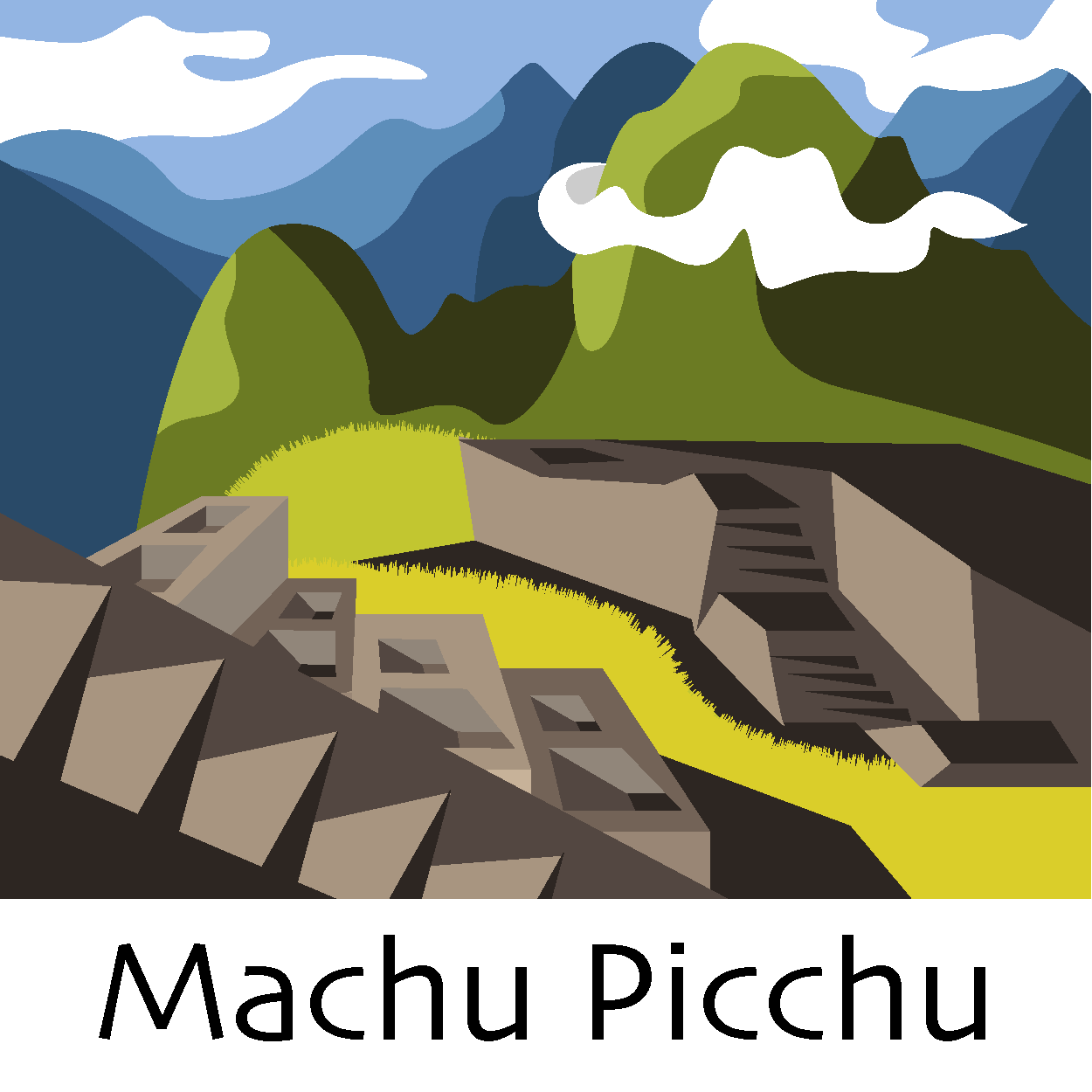MACHU PICCHU
Seen through the eyes of Fernando Astete
Fernando Astete is a Peruvian anthropologist, who dedicated more than thirty years of his life to the investigation, conservation, and protection of Machu Picchu, and who recently shared with us what the sanctuary means to him through some exclusive pictures he took during the years at the site. This project therefore aims to bring light to the unique stories behind his invaluable pictures and the significant events that have affected the site through the various years of Astete’s work.
According to Fernando, visiting Machu Picchu is in itself an experience one must have in order to understand the beauty and meaning that it holds. The first time he set foot in Machu Picchu, he was only a young boy scout, on a school excursion with a group of other students. His first experience was in fact memorable for both him and his friends, who were warned to stay alert of deadly snakes and insects as they packed up their tents and prepared for the adventure.
After reaching the site and setting up their tents, the kids were forced to run to the river in order to get wet and avoid mosquito bites. Astete recalls them as “children of the mountain”, who were not used to the environment of the sanctuary, but for him that experience was beautiful. He not only got to do something new with a group of friends, but also got to see all the monuments in the Llaqta, which were barely visible at the time, and managed to go all the way up to the Intihuatana, the astronomic clock of the Inca, whose literal meaning is “sun clock”.
Fernando’s second visit to Machu Picchu, was during his high school years, when his group of friends was very sportive. In fact, as they were climbing up and down mountains, he recalls getting the most beautiful view of the sanctuary, right by the Intipunku, which in Quechua means “sun door”. Years later, after his studies in 1961, his university professor Manuel Chavez Ballon would call him to take charge of the citadel for a season. He accepted the offer and even decided to stay, and rest, as you say, was history.
After a few years of service, Fernando had developed his own personal relationship with the mountains. He was able to see things that a simple tourist in Machu Picchu perhaps could not, and he had the opportunity to live by the door of the sanctuary, which meant that, after the tourists would leave, the citadel would become a place solely for him. “It was a very nice location, positioned on the back of the Tres Portadas sector, made of small buildings and a large carved rock. It was a place that led to meditation and rest. It made you think, when you were there, you would have a spectacular view of the river from the Llaqta”, he recalls.
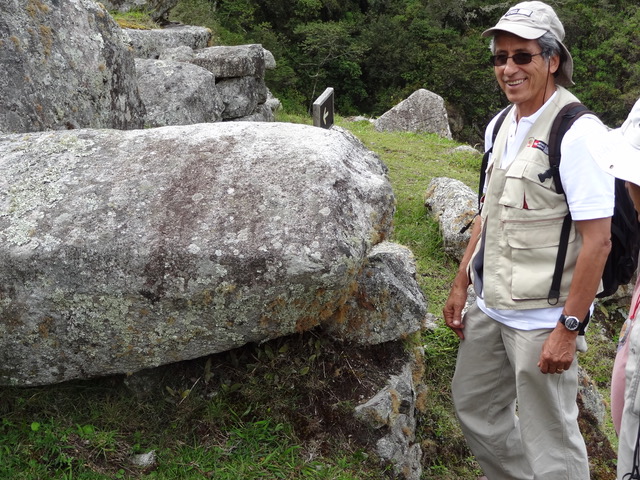
Photo – Adine Gavazzi
The various observation points are a fundamental feature of Machu Picchu. Where you are, what you see, what your horizon is, how many people can be with you and why you are there, are all vital questions, which need to be answered, in order to understand what perspective of the site one is experiencing. There are paths that everyone can take, while there are others that nobody is able to notice at first. When you take those rustic paths, you become invisible, and that allows you to develop your own individual relationship with the mountains and skyline in a very special and unique way.
The exceptionality of Machu Picchu does not only result from the place itself, but also from its people. Fernando describes Andean people as a communal cooperative union. Everyone knows and cares for each other’s well-being, for example by sharing food between neighbors and aiding with construction work. Acts of friendship and gatherings are also common. In fact, they are so common that when a couple is getting married, their neighbors and families will usually help to build a house for them.
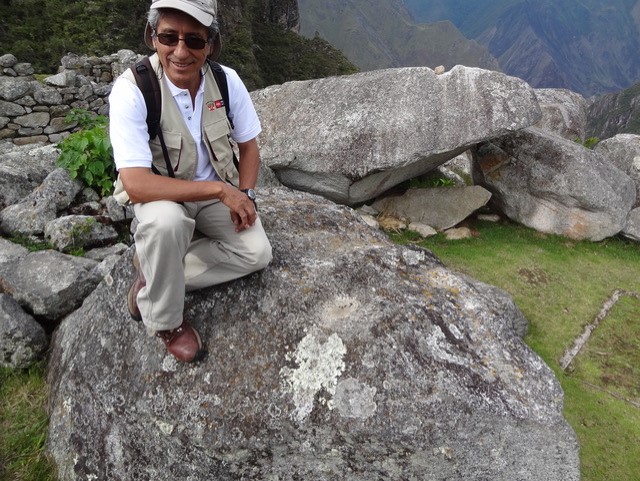
Photo – Adine Gavazzi
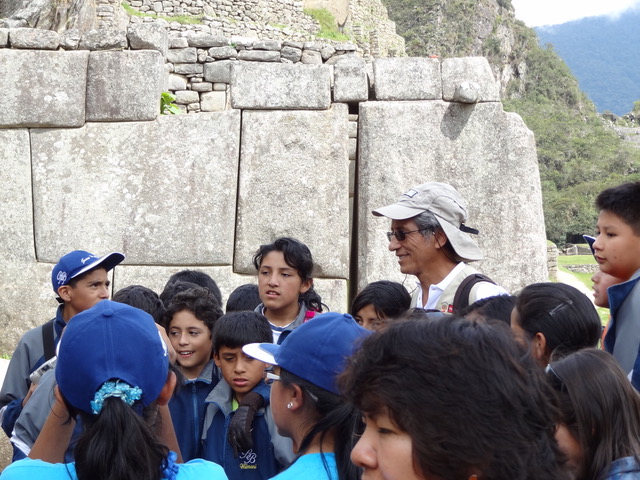
Photo – Adine Gavazzi
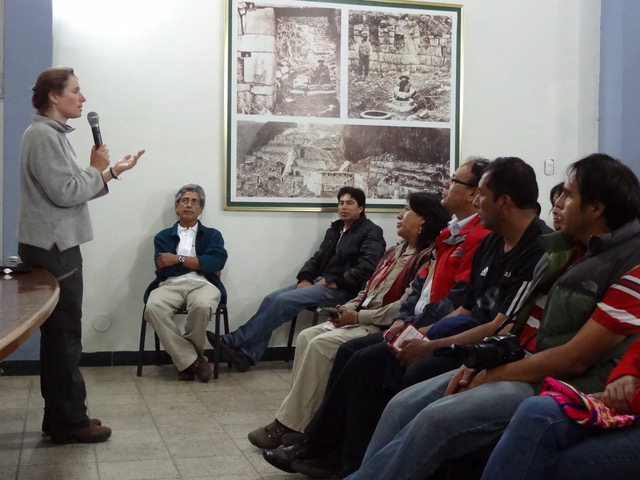
To Astete, the sense of community that he observed made him wonder how Macchu Picchu was built. He knows that, during the Inca times, there was a reciprocity in working, as the state was responsible to provide people with basic needs even during scarcity of resources, while they would pay back with labor. “When people were not hungry, they were always capable of thinking”, he claims.
“For us it is the maximum expression of Andean architecture, it is the symbiosis between human work and nature, how to work without affecting the environment.”
The Inca collaboration mechanism involved horizontal and vertical cooperation among the people and followed a single shared goal. Many centuries later, the common will of the Andean people still remains and lives in Machu Picchu. In a certain way, everyone who is currently involved in the preservation of the site, still uses their means and capabilities to collaborate with others in the process.
Another Inca legacy to the site would be the very special relationship they had with the sun. Their technique was making sure the mountains would receive sunlight, instead of the bottom of the valley, as they believed light could give them energy, purify them and make them able to do greater things. Sunlight was essentially what made them better people.

In 2013, the Mexican Orchid Society named a new species of the flower in honor of Fernando, Epidendrum Astetei, in recognition of his work for the site and for Peru as a whole. Although he may be retired now, Fernando is still recognized as the older brother of the site.
“It wasn’t just a tribute to me, it was in the name of all of us who worked. I would not have had any recognition if it had not been for the effort of all the people involved, from the humblest worker to the more advanced one. Everyone supported the conservation work, because we decided to study Machu Picchu to contribute to the scientific knowledge of what it represents to Peruvians.”
